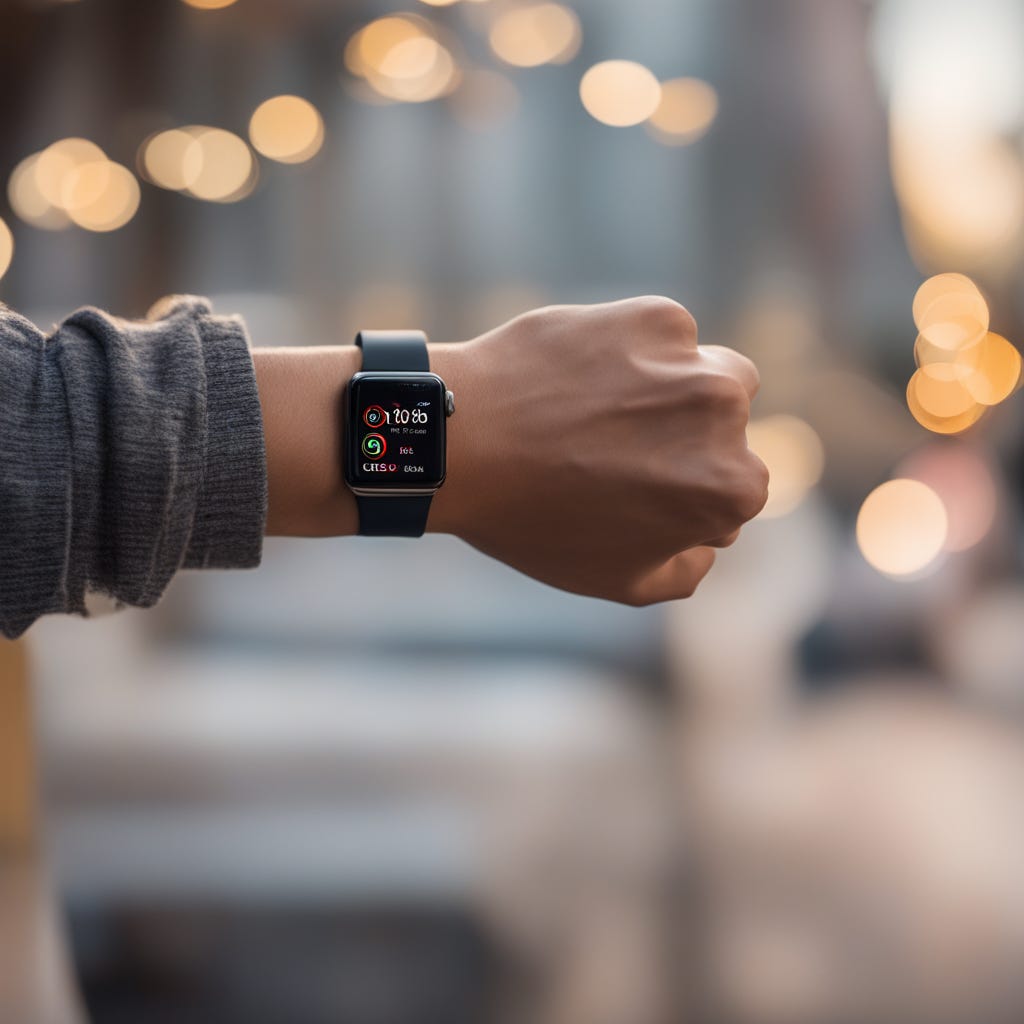What can my Apple Watch tell me about my health? Part 2
From the Apple Watch SE to the Apple Watch Ultra 2: Exploring the device sensors and their utility for health monitoring.
In Part 1 of this series we reviewed the Apple Watch sensors and the data they provide. Now we will get into how the metrics from this wearable device can help you monitor your health.
It's important to note that the Apple Watch is not a medical device. It is not intended to diagnose, treat, cure, or prevent any disease. Additionally, the Apple Watch's health monitoring features are not perfect and may not be accurate for everyone.
Health features with FDA clearance (for people 22 years and older)
You might recall that Apple has obtained FDA clearance for a handful of features. These have a strong emphasis on atrial fibrillation (afib) monitoring and detection.
For people with a diagnosis of afib, Apple Watch can track how much time they spend in afib each week. This can help these individuals and their doctors better understand triggers or the efficacy of treatments.
For people with no history of afib, Apple Watch will check for irregular rhythms that could indicate afib. It takes multiple readings to confirm its findings before alerting you. Notably, it is checking your rhythm when you’re at rest and it does not check all of the time, so it will not catch all instances.
Anyone with the electrical heart sensor can record a single-lead ECG, which the ECG app will interpret. It will provide a few results, including: sinus rhythm, afib, afib with high heart rate, inconclusive, or poor recording. A result of inconclusive could indicate another arrhythmia or the presence of an ICD or pacemaker, but Apple Watch is not able to distinguish between these.
Other features
Apple Watch can collect many other data points. All of these vary widely in their utility as single data points.
Sleep tracking shows you sleep duration, sleep onset time, time in REM and deep sleep. It can also calculate your respiratory rate and show you oxygenation while sleeping. While these can be interesting insights, the watch cannot tell you if something is abnormal or the significance of your sleep metrics. For the purpose of self-tracking, this data can help you notice changes in your sleep and perhaps how external factors such as illness or stress are impacting you. For some people, their sleep data can be an initial clue that they have an underlying issue, like sleep apnea. Apple makes clear that these functions are not intended for medical use, but the findings sometimes prompt people to seek medical care.
Another function can check your average nighttime wrist temperature. Apple takes this data one step further to use these measurements for cycle (and retrospective ovulation) tracking - it can tell you when you likely ovulated, after the fact. The watch does not allow you to collect a temperature on-demand.
Your watch can also alert you to high (>120) and low (<40) resting heart rates (it checks this periodically in the background). These alerts could be an indicator that something is abnormal, but the watch will not be able to interpret what that might mean for you.
The oxygen monitor on the watch is not FDA approved, but it has been shown to be as accurate as FDA-cleared devices. For some people this could come in handy when they are monitoring respiratory diseases or other issues that affect oxygenation, but a low reading on the watch could easily be an incorrect measurement. For this reason it is often most helpful to notice a trend rather than to be concerned about a single value.
Mobility data is also collected by Apple Watch. This includes metrics like a six-minute walk distance over time (derived over time for many instances and usually presented as a weekly metric), walking speed, step length, double support time, walking asymmetry, step count, and flights climbed. All of these can be useful for monitoring fitness, but for some people they can also point to possible underlying conditions. A few third-party apps have made use of this data to detect Parkinson’s disease and have obtained FDA clearance for this purpose.
Other cardiovascular metrics like resting heart rate, heart rate variability, heart rate recovery, VO2 max, etc. are also captured by Apple Watch. These data as single points in time don’t necessarily mean too much about your health; however, when collected over time, the trends could be a clue about your underlying physiology.
Limits of the Apple Watch for health monitoring
People often wonder if their watch can tell them if they have a medical problem/illness or if it will alert them if something is wrong with their heart. The answer is no. Think of the data from your Apple Watch like a collection of small clues that could point to something unusual. But, none of these clues are specific to any one condition, nor will a single clue be able to uncover an undiagnosed issue. To further complicate things, some of these clues may be aberrant due to normal variation/error in the data capture.
Overall, the Apple Watch is a powerful tool that can help you monitor and get insights about your health and fitness. However, it is by no means comprehensive or a replacement from routine medical care. It is important to be aware of the limits of the device and to see a doctor if you have any concerns about your health.
In part 3 of this series, we will get into possible future uses for this wearable device. In the meantime, if you have questions about your Apple Watch data or you have a health concern, give Empirical Health a try!





